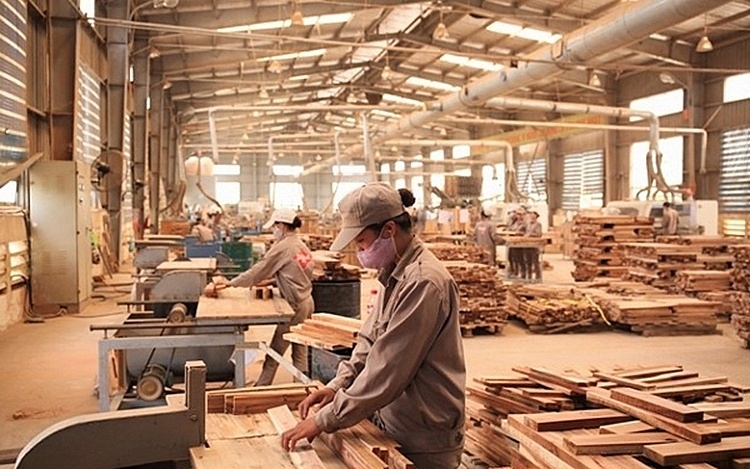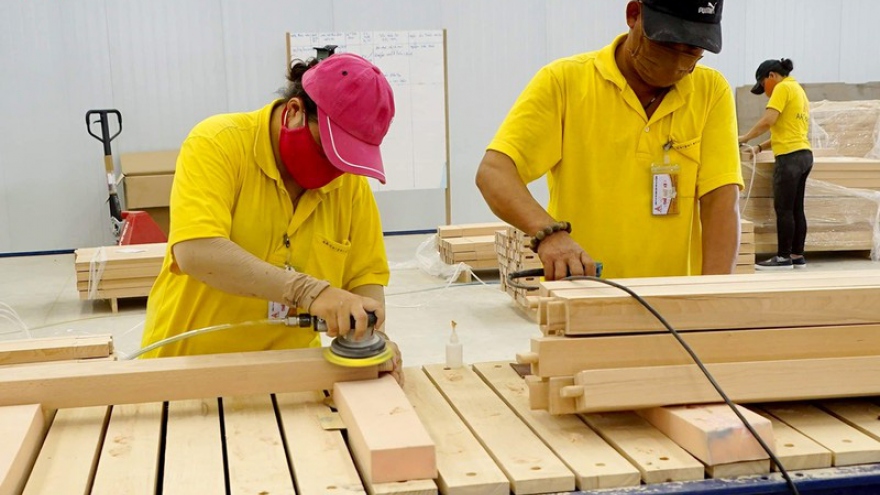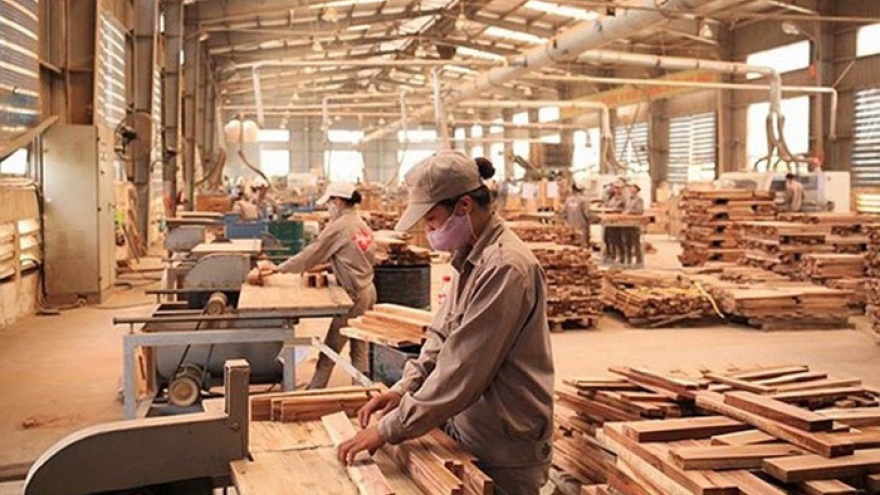Wood exports to EU anticipated to make breakthroughs
VOV.VN - With the impending European Union-Vietnam Free Trade Agreement (EVFTA) poised to come into force in August, the country’s timber and wood exports to the EU are projected to enjoy greater breakthroughs due to the launch of preferential tariffs.
During a recent dialogue held to discuss economic co-operation between the European Chamber of Commerce and leaders from Ho Chi Minh City, Nguyen Chanh Phuong, general secretary of the Handicraft and Wood Industry Association of Ho Chi Minh City, said wood exports to the EU make up between 12% and 15% of the country’s overall export turnover in terms of timber and wood exports.
Moreover, the nation’s annual wood export turnover to the bloc is between US$650 million and US$700 million, with the major focus being on the German, French, UK, Spanish, and Italian markets. In addition, the EU’s import demand for wood products is estimated to be between US$80 billion and US$85 billion each year.
Furthermore, there remains plenty of room for the local timber industry to expand its market share whilst increasing exports to the EU market due to 83% of tariff lines on Vietnamese timber and wood products to the EU being immediately eliminated once the EVFTA takes effect.
In line with the roadmap for the next three to seven years, 17% of remaining tariff lines for timber will be removed.
As a result, the domestic timber industry is expected to enjoy a range of benefits brought about by a substantial reduction of import duties on raw materials and machinery from the EU.
Local enterprises have therefore been advised to fully implement Vietnam - EU Voluntary Partnership Agreement regulations in a bid to ensure the origin traceability and verification of legal timber exploitation in line with EU requirements set out to combat trade fraud.
This comes after Vietnamese firms have been urged to improve overall product quality and production procedures, as well as the ability to supply stable sources of goods to partners in an effort to boost the competitiveness of local wood products within the international market.



